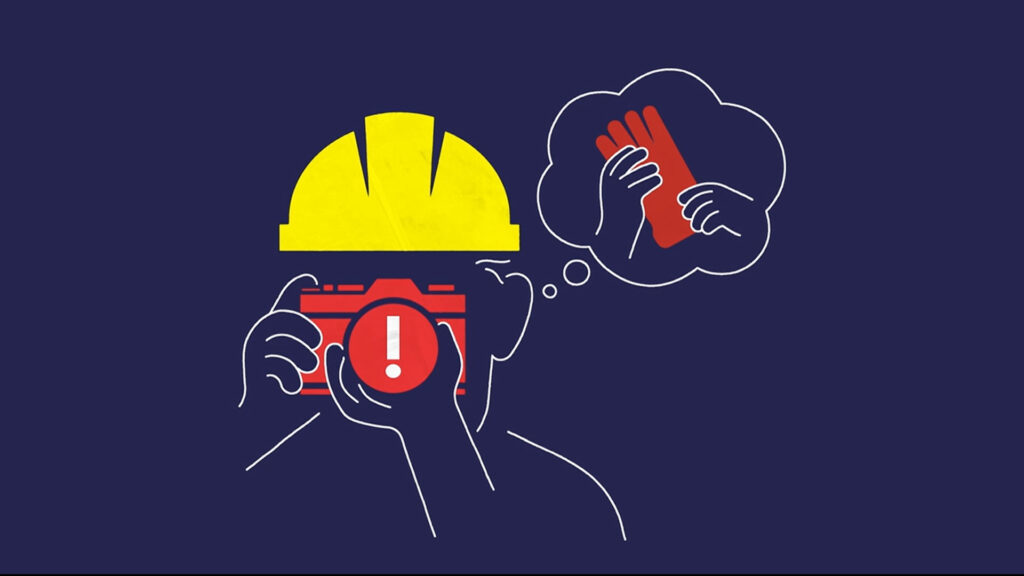In this animation, we unpack Plan Continuation Bias aka ‘get-there-itis’. It happens when our focus on our goal or existing plan stops us from being able to adjust when circumstances change.
There are more than 180 known cognitive biases. Our brain uses these biases to process information and help us make decisions. And while these ‘short-cuts’ can be super helpful, if we’re not careful they can also blind us to risks.
Cognitive biases exist to help our brain quickly simplify and make sense of incoming information. These errors in our thinking influence how we make decisions and perceive the world around us. Being on the lookout for cognitive biases in action can help us interrupt our thinking and take conscious control for safer outcomes.
If you’ve ever found yourself thinking “We’re so close, we may as well keep going,” odds are you’ve experienced plan continuation bias. Watch the video below to learn more.
Like this animation? Check out our Plan Continuation Bias Poster – available for purchase in our store.
Video Transcript
You’ve heard the saying, “if you fail to plan, you plan to fail.” But what if your plan actually gets in the way of success? And in the way of safety?
Plan continuation is one of more than 180 known cognitive biases that the brain uses to process information and help us make decisions. These short-cuts can be helpful but sometimes they can blind us to risks.
Plan continuation bias is a bit like having tunnel vision. You’re so focused on the goal, you ignore the red flags and risks, often subconsciously, and fail to alter your path—even when, in hindsight, the case to change it was obvious.
Also known as ‘get-there-it is’, plan continuation bias influences our decision-making, often subconsciously, and stops us from being able to adjust our plan when circumstances change.
When it comes to safety, sticking to a plan when new data or changing conditions arise can lead to catastrophic results.
Consider the pilot who continues on their planned journey despite a change in conditions, choosing to ignore the longer but safer route.
Or, the site manager who pushes ahead with a job after having spent months planning and hiring specialist contractors and equipment, even though a weather alert suggests he should rethink the plan.
And it’s not just high-risk environments where plan continuation bias can strike.
Imagine the team leader, who has spent hundreds of hours recruiting for a vacant position the team desperately needs filled, only to spot a red flag in the final interview stage. They see the risk, but choose to ignore it. Only to regret it six-months later when their top performer quits over a values-misalignment.
When it comes to cognitive biases, knowledge is power. By understanding that they can, and do, influence our decision making, we can make a conscious effort to interrupt them to make a safer choice.



